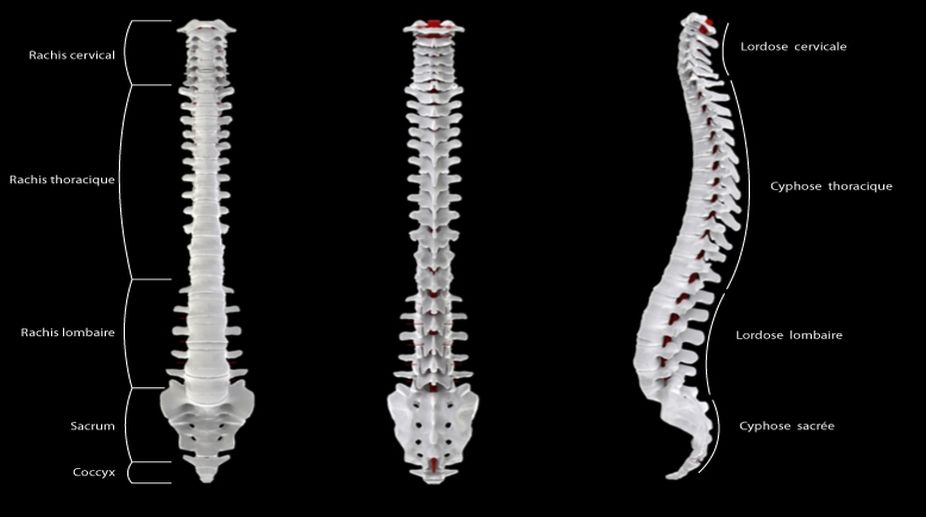Police recover stolen 50-million-year old fossil from IITF, one nabbed
A 50 million-year-old Gastropod Fossil, which was stolen from India International Trade fair (IITF) earlier this month, was recovered with the arrest of an individual.

Representational Image (Photo: Wikipedia)
An analysis of a 3.3 million years old fossil skeleton has revealed portions of the human spinal structure that enable efficient walking motions were established much earlier than previously thought.
The fossil, known as "Selam", is a nearly complete skeleton of a two-and-half-year-old child discovered in Dikika, Ethiopia, in 2000.
"Continued and painstaking research on Selam shows that the general structure of the human spinal column emerged over 3.3 million years ago, shedding light on one of the hallmarks of human evolution," said Zeresenay (Zeray) Alemseged, Professor at University of Chicago and senior author of the new study.
Advertisement
Selam, which means "peace" in the Ethiopian Amharic language, was an early human relative from the species Australopithecus afarensis — the same species as the famous Lucy skeleton.
The Lucy specimen is an early Australopithecine and is dated to about 3.2 million years ago. It was found in the Awash Valley of Ethiopia in 1974.
"This type of preservation is unprecedented, particularly in a young individual whose vertebrae are not yet fully fused," Alemseged added.
Many features of the human spinal column and rib cage are shared among primates. But the human spine also reflects our distinctive mode of walking upright on two feet.
For instance, humans have fewer rib-bearing vertebrae — bones of the back — than those of our closest primate relatives.
Humans also have more vertebrae in the lower back, which allows us to walk effectively.
When and how this pattern evolved has been unknown until now because complete sets of vertebrae are rarely preserved in the fossil record.
"Selam has provided us the first glimpse into how our early ancestors' spines were organised," said Carol Ward, Professor at University of Missouri School of Medicine, and lead author on the study.
In order to be analysed, Selam had to take a trip. She travelled to the European Synchrotron Radiation Facility in Grenoble, France, where Alemseged and the research team used high-resolution imaging technology to visualise the bones.
The scans indicated that Selam had the distinctive thoracic-to-lumbar joint transition found in other fossil human relatives, but the specimen is the first to show that, like modern humans, our earliest ancestors had only twelve thoracic vertebrae and twelve pairs of ribs. That is fewer than in most apes.
The findings were published in the journal Proceedings of the National Academy of Sciences.
"This unusual early human configuration may be a key in developing more accurate scenarios concerning the evolution of bipedality and modern human body shape," Thierra Nalley, Assistant Professor of anatomy at Western University of Health Sciences in Pomona, California, also an author on the paper.
This configuration marks a transition toward the type of spinal column that allows humans to be the efficient, athletic walkers and runners we are today.
"We are documenting for the first time in the fossil record the emergence of the number of the vertebrae in our history, when the transition happened from the rib-bearing vertebrae to lower back vertebrae, and when we started to extend the waist," Alemseged said.
"This structure and its modification through time is one of the key events in the history of human evolution," Alemseged said.
Advertisement